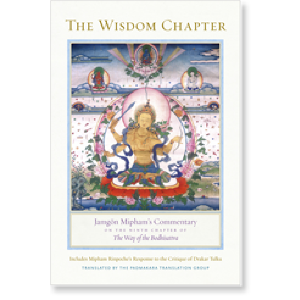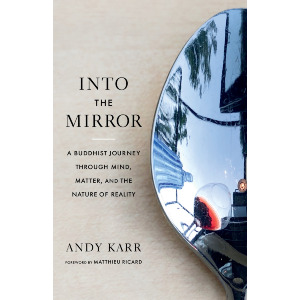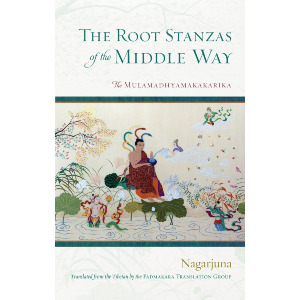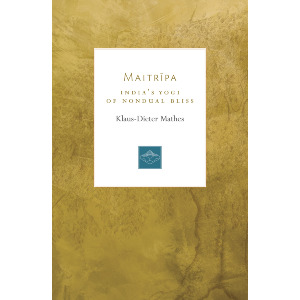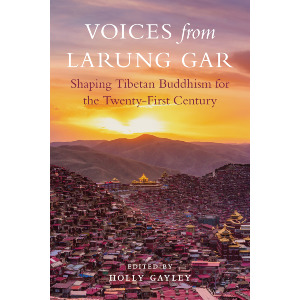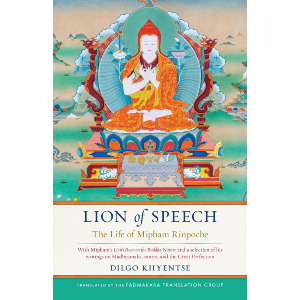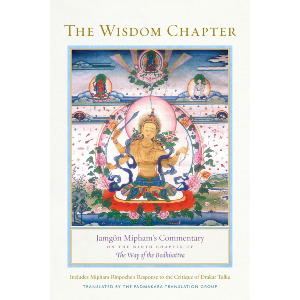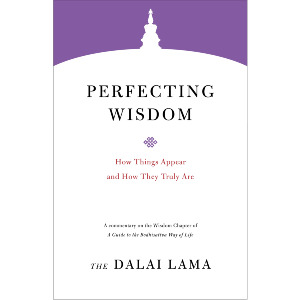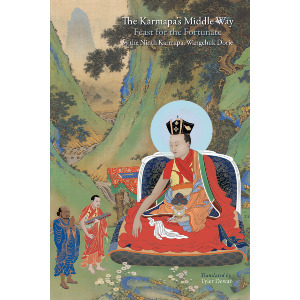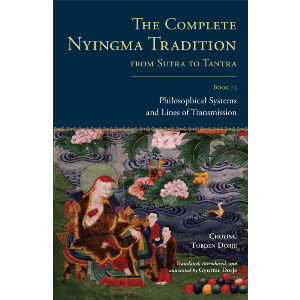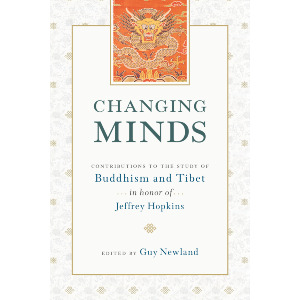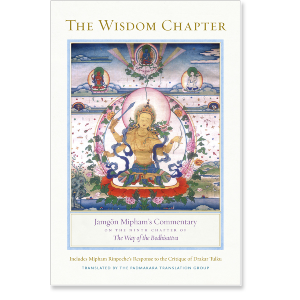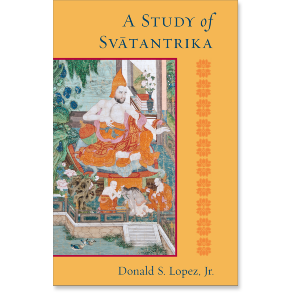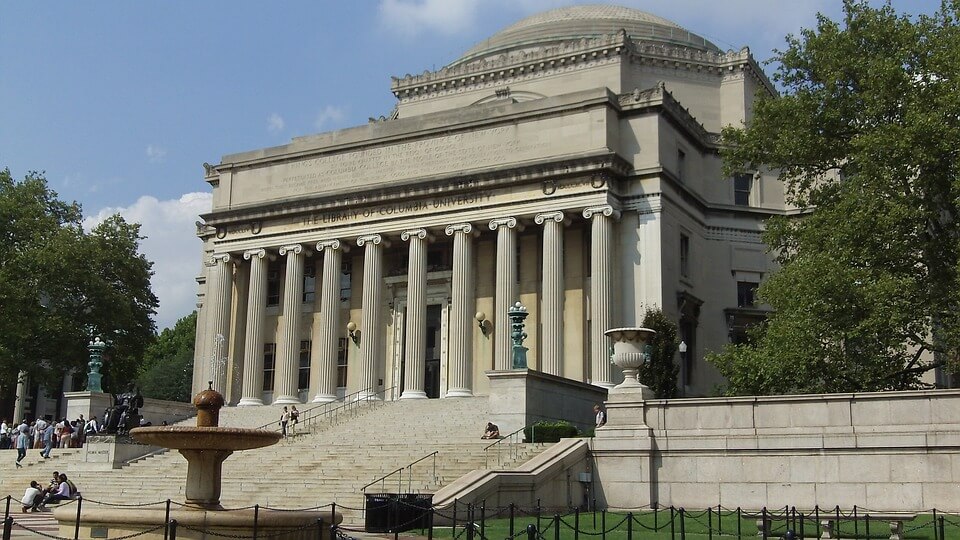
While its no longer true in many universities, the presentation of Tibetan Buddhism in western academia—and the books that came out of it—was heavily skewed towards the Gelug philosophical view and its traditions. There are various reasons for this, but the following from the Translator's Introduction of the Padmakara Translation Group's The Wisdom Chapter: Jamgön Mipham’s Commentary on the Ninth Chapter of The Way of the Bodhisattva presents an interesting explanation, tracing it to the political dominance of the Ganden Podrang in Tibet itself.
"This suppression of dissenting opinion [in Tibet], which remained effective for centuries, has been of great significance for the academic study of Buddhism in the West. For reasons that will now be clear, the Tibetan commentarial literature on Madhyamaka available in modern times for the inspection of Westerners has been, until recently, almost exclusively the work of scholars belonging to the Gelugpa tradition. And when, in the 1980s, Buddhist studies became an accepted part of the academic curriculum in Western universities, the presentation of Tibetan Buddhism tended to be from the Gelugpa perspective.
This was the natural consequence of the fact that of the young people who encountered Tibetan Buddhism—whether by actually going to India and meeting with Tibetans in exile or by encountering Tibetan masters visiting the West—those who had been attracted to Gelugpa teachers and who were powerfully inspired by the teachings and scholastic methods of their school were generally people who by temperament and intellectual capacity were most naturally attuned to the academic ideals of Western scholarship. Based for the most part in the Gelugpa tradition, they soon acquired, according to the Orientalist methods of the Western academy, a considerable knowledge of Buddhism, in terms of its history and doctrinal complexity, and this, coupled with a command of Tibetan and Sanskrit, naturally fitted them to academic work as the future professors of their respective faculties. Courses were created, texts were translated, and a great deal of scholarly material was amassed. And since this was overwhelmingly inspired by the Gelugpa tradition, the view of Tsongkhapa, especially in the field of Madhyamaka, has come to be widely regarded as the standard, if not the only, position. It is only comparatively recently, with the translation and study of texts—in no small measure inspired by masters and students of the rimé tradition—that new and competing points of view have come to light. It is thanks to this that it is now possible to place the views of Tsongkhapa and his disciples, on a full range of topics, both sutra and tantra, in a much clearer historical perspective and to appreciate for the first time the degree to which—especially in the case of Madhyamaka—they were innovative and controversial and by no means representative of the Tibetan tradition as a whole: a fact that had been very effectively obscured by the banning of non-Gelugpa texts in Tibet.
The academic study of Buddhism has certainly been enriched by the influx of scholars who were able to benefit from contact with the living Tibetan tradition, even if until now that contact has been somewhat lopsided in favor of a single school. But if the academy has been benefited by such an encounter, it too has exerted a positive influence on the scholarship concerned. The maxims of intellectual freedom and the principles of impartial, scientific research, untrammeled by the dictates of religious and political ideology, have encouraged the scientific study of the history of Buddhism both in India and Tibet, leading to the rediscovery of many things that in the continuance of time had been forgotten or suppressed within the traditions concerned. Everyone stands to benefit from the discoveries of objective research, even if, when brought before the tribunal of impartial study, certain cherished fictions may have to be abandoned."
From The Wisdom Chapter: Jamgön Mipham’s Commentary on the Ninth Chapter of The Way of the Bodhisattva


